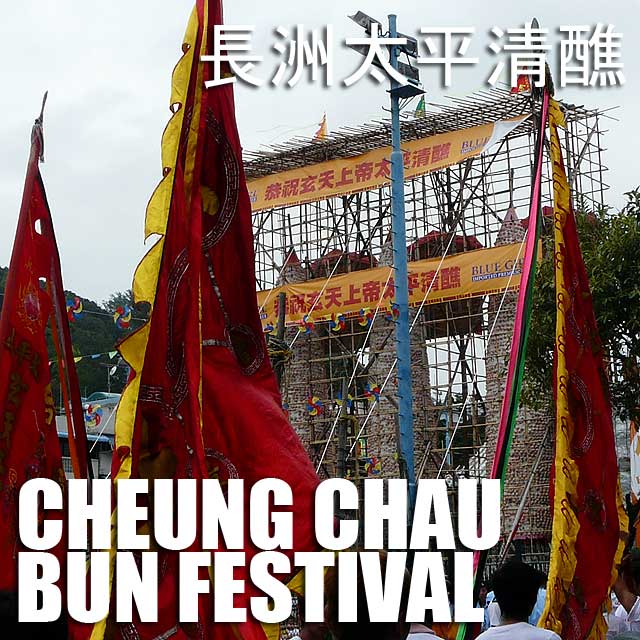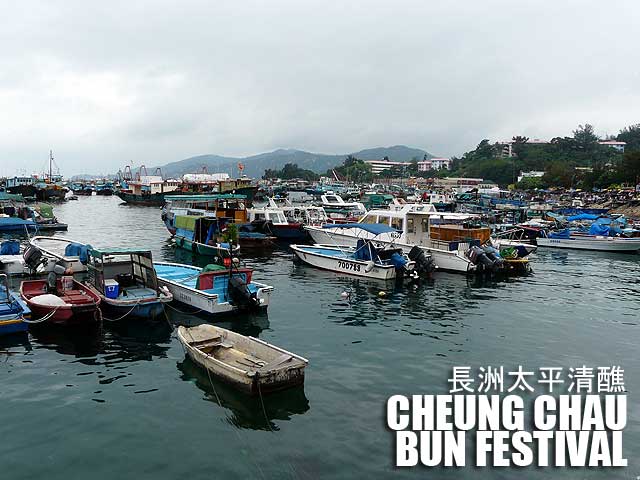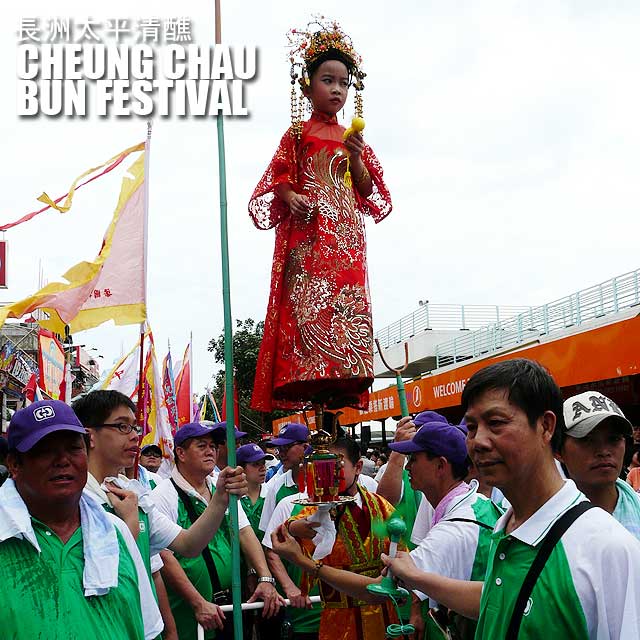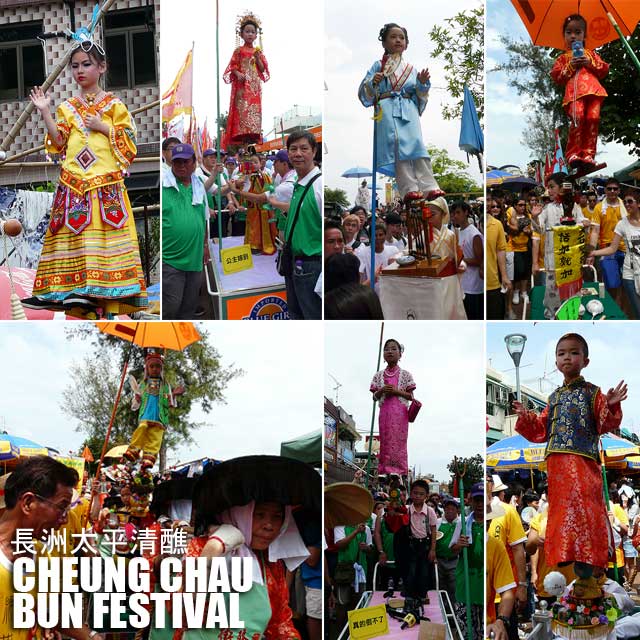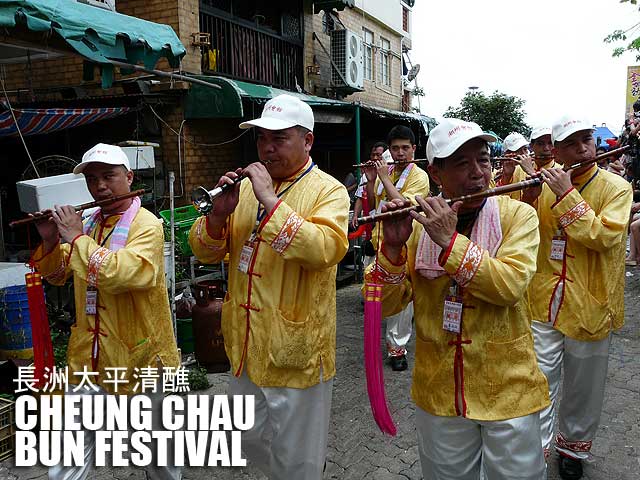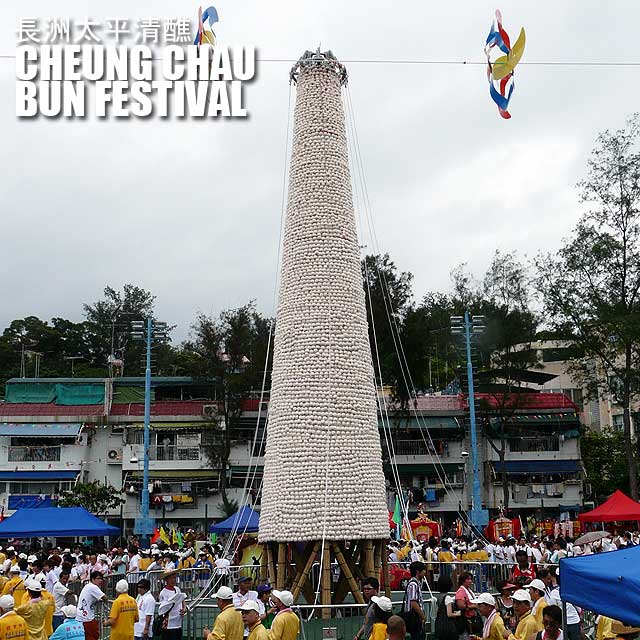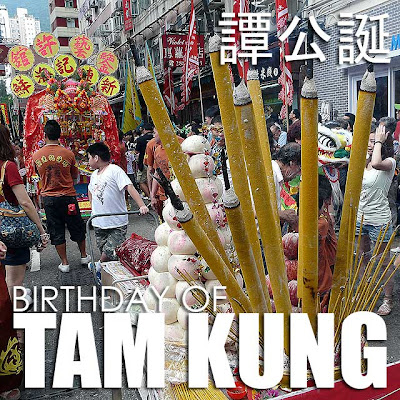
Because
Macau has always been known for its casinos, there's an impression that it's not a destination for children. You'd be surprised though there are a lot of things to do for family travel in Macau. While minors are not allowed on the casino gaming floors, there are a lot of activities for children in Macau's large entertainment complexes and resorts.
Here's a list of suggested activities for family travel in Macau as well as top activities for children when in Macau:
 1. Visit the Macao Science Center 澳門科學館
1. Visit the Macao Science Center 澳門科學館
With its state of the art planetarium and five floors containing 14 interactive galleries which kids (and those young at heart) will most definitely enjoy, you may want to add the Macao Science Center to your bucket list. The hands-on exhibits feature children's activities, technology, the environment, lifestyle and sports. The complex was designed by world-renowned architect I.M. Pei.

Tickets to the Exhibition Center cost MOP/HK$25 for adults and MOP/HK$15 for kids 11 years and below and senior citizens aged 65 and above. Children below 2 years old get in for free. Planetarium tickets cost MOP/HK$35 for ordinary shows and MOP/HK$45 for 3D shows. For kids and seniors, it's MOP/HK$20 and MOP/HK$30 respectively. They're open from Monday to Sunday from 10 a.m. to 6 p.m.
2. Watch Zaia by Cirque de Soleil at the Venetian Macao
At the Venetian Macao, check out Cirque du Soleil's latest production called Zaia. We were wowed by the acrobatics and special effects of the whole show. And it's worth it if it fits your budget. The 90-minute production has a 75-member cast from around the world, including the Philippines.
Ticket prices range from HK$388 to HK$788 for adults and HK$194 to HK$394 for children. VIP tickets are HK$1288. Here's information for
booking online.
 3. Ride a gondola or visit Qube at the Venetian Macao
3. Ride a gondola or visit Qube at the Venetian Macao
If Venice is elusive, try out the gondola rides at the Venetian Macao. The gondoliers will serenade you as you take a leisurely ride through the shops at the Grand Canal. The ride costs MOP/HK$108 for adults, MOP/HK$80 for kids. Unless there are four of you, you might have to share the gondola with other people unless you pay for the entire ride.
The Venetian Macao also has an innovative play zone called
Qube. Open to kids aged 4 to 17, the activity center has a 9,000 square-foot children’s playground with a 6-meter-high multi-climbing facility with a free fall slide, rainbow slides, a V-Net bridge, over and under barriers, zig-zag net climbers among others. Teenagers can get on the computers to access the internet, play video games or shoot some pool.

 4. Watch Dragon's Treasure (The Bubble) or visit Kids' City at City of Dreams
4. Watch Dragon's Treasure (The Bubble) or visit Kids' City at City of Dreams
The Dragon’s Treasure at The Bubble, a dome-shaped theater and one of the iconic landmarks located in City of Dreams, is a spectacular 10-minute lights and sounds show. It's free of charge but you have to get tickets beforehand to watch the show which is every 30 minutes.
City of Dreams also has a children's activity center called
Kids' City. With 10,000 square feet of facilities with climbers and slides, video games, a bouncy tent, a painter’s glass easel and lots more, it is said to be Macau's largest kids' attraction.
Take note though that there's a strict dresscode for kids. Children must wear long sleeve shirts, trousers and socks for protection and remove shoes and other sharp objects such as buckles, pens and badges. Kids' City is open from 10:30 a.m. to 9:30 p.m.
 5. Visit the various museums of Macau
5. Visit the various museums of Macau
Macau has a good number of interesting museums which may be of interest to families. We visited four of them while were there. One of those museums is the
Grand Prix Museum which showcases the history of the
Macau Grand Prix. It also honors Filipino driver Arsenio "Dodjie" Laurel, the first person to win the Macau Grand Prix back-to-back. He died in a car crash while trying to win his third Macau Grand Prix. Entrance to the Grand Prix Museum and the adjacent
Wine Museum is free. Both are open from 10 a.m. to 6 p.m.
We also got to visit the
Macau Museum which features the history and culture of Macau (Praceta do Museu de Macau, No. 112; Open from 10 a.m. to 6 p.m.; closed on Mondays; tickets cost MOP/HK$15, MOP/HK$8 for children aged 5 to 10, students and seniors aged 60 and above; free admission for children under 5 and school visits. Free entry to the public on the 15th of each month) and the
Maritime Museum (Largo do Pagode da Barra, 1; Open from 10 a.m. to 6 p.m.; closed on Tuesdays; tickets cost MOP/HK$5 to 10 depending on day, free of charge for kids below 10 and seniors). Here's detailed information on
museums in Macau.
6. Spend an afternoon at Macau Fisherman's Wharf 澳門漁人碼頭
Macau Fisherman's Wharf was the first theme park in Macau. Attractions includes
East Meets West which has a 40-meter volcano called
Vulcania that "erupts" every evening, Inside the volcano is the
River of Fire white-water and
Dragon Quest rollercoaster rides. Here's more information on
Macau Fisherman's Wharf.

 7. Visit Wynn Hotel to see the Performance Lake, Tree of Prosperity and Dragon of Fortune
Perfomance Lake
7. Visit Wynn Hotel to see the Performance Lake, Tree of Prosperity and Dragon of Fortune
Perfomance Lake is a dancing fountain. While the
Tree of Prosperity and
Dragon of Fortune are lights and sound shows.
 8. Ride up to the top of Macau Tower and bungy jump your way down
8. Ride up to the top of Macau Tower and bungy jump your way down
Ride the elevator 223 meters up to the observation deck of the Macau Tower for a grand view of Macau. Tickets cost MOP/HK$100 for adults and MOP/HK$50 for kids aged to 11. Kids below 3 years old are free of charge. You can have buffet lunch or dinner at Cafe 360. The cost of the buffet includes entrance to the tower. Lunch buffet is HK$/MOP198 for adults and HK$MOP148 for children. Dinner buffet is HK$/MOP288 and HK$/MOP188 respectively.

For the adventurous families, check out
AJ Hacket's SkyJump and
Bungy Jump. The Bungy Jump is the highest commercial bungee jump in the world! Tower observation deck admission ticket plus thbe Bungy Jump costs HK$/MOP1,718. If you want to purchase the additional CD + DVD + 2 Photos bundle, the entire package would cost HK$/MOP2,298.
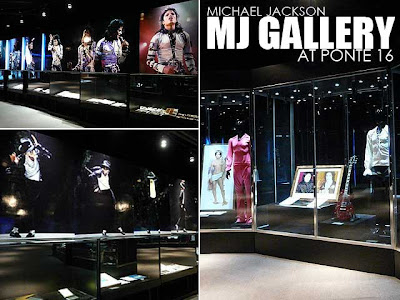 9. See the collection of Michael Jackson memorabilia at the MJ Gallery at Ponte 16
9. See the collection of Michael Jackson memorabilia at the MJ Gallery at Ponte 16
Few people know that a lot of Michael Jackson memorabilia found its way to Macau at the MJ Gallery at Ponte 16. Entrance to the gallery is free.
Significant items in the collection are the white rhinestone glove worn by MJ for his moonwalk debut in 1983 as he performed what was known to be one of recent history’s greatest songs
Billie Jean, the
Zombie suit worn by MJ for Thriller on MTV, a pair of crystal socks made by Bill Whitten and worn by MJ for his
Victory Tour in 1984, the RIAA platinum record award for
Bad signed by MJ, bearing his handwritten words
"Thanx All My Love, 1998. Michael Jackson," and the
We Are The World collection, which includes a signed poster by MJ and other musicians, and the 3x Platinum RIAA Award for the LP among many others.
 10. Walk around the Historic Centre of Macao
10. Walk around the Historic Centre of Macao
There's so much to see and do in the old center of Macau. Experience the sights, sounds, scents and flavors of old Macau by walking around its historic center.



















